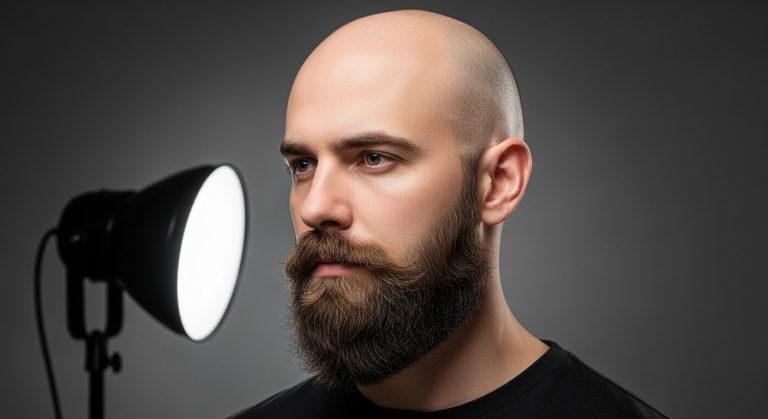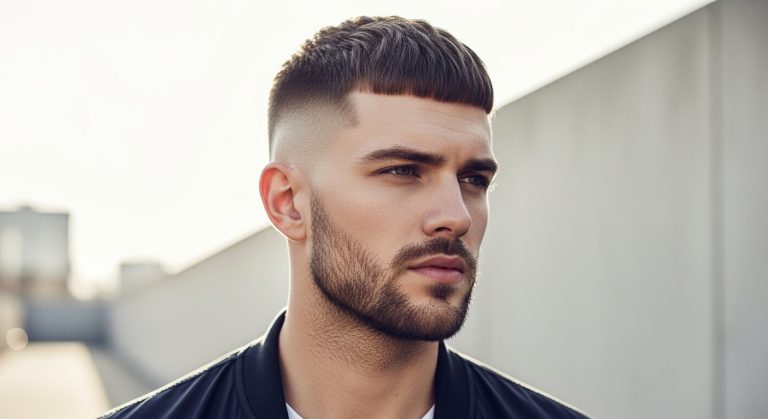How To Dye Your Beard Naturally: 7 Natural Beard Dyes That Actually Work
How To Dye Your Beard Naturally: 7 Natural Beard Dyes That Actually Work

As beards become a signature of personal style and maturity, many men want to maintain a youthful yet natural look. Beard dyeing is often the go-to solution for covering greys, evening out patchy color, or enhancing overall appearance. However, most commercial beard dyes contain harsh chemicals like ammonia, PPD (para-phenylenediamine), and sulfates — which can cause allergic reactions, skin irritation, and even long-term hair damage.
That’s where natural beard dyes come in. They offer a gentler, safer, and often more sustainable alternative, without sacrificing results. Whether you’re sensitive to chemicals, living a low-toxin lifestyle, or simply prefer plant-based grooming, this guide breaks down the most effective natural beard dyes and how to use them properly.
1. Henna
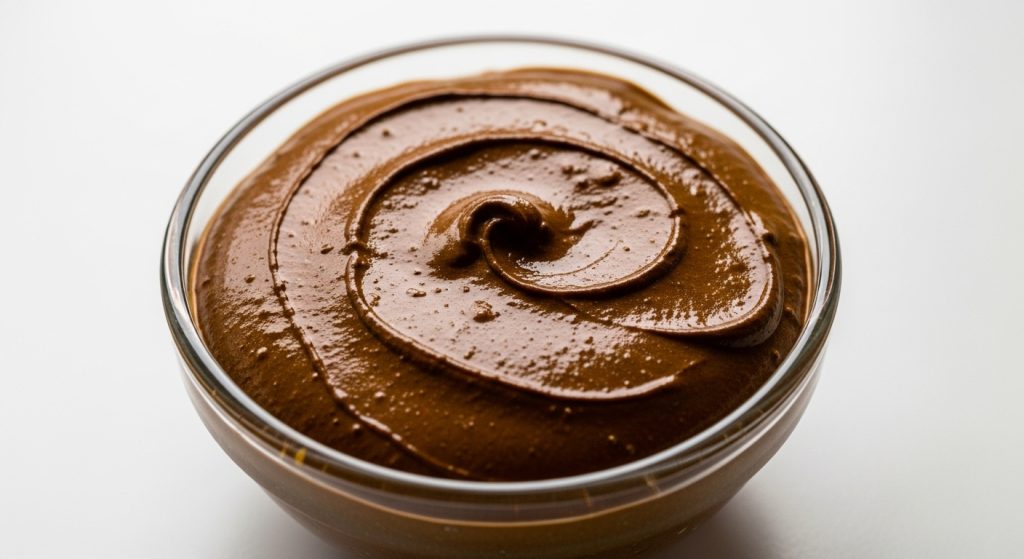
Henna is one of the oldest and most widely used natural dyes, derived from the Lawsonia inermis plant.
Best for: Men looking for a reddish-brown or auburn tint; those who want long-lasting but chemical-free results.
Why it works: Henna naturally binds to keratin in the hair, leaving a deep, rich tone that gradually fades over several weeks. It also conditions the hair, leaving it softer and stronger.
How to use:
- Mix pure henna powder with warm water or black tea to form a paste.
- Apply to a clean, dry beard and cover with a wrap or towel.
- Leave for 1–2 hours, depending on the desired depth of color.
- Rinse thoroughly and avoid shampooing for 24–48 hours.
Tip: Avoid “black henna,” which often contains PPD. Use only 100% pure henna to ensure safety.
2. Indigo
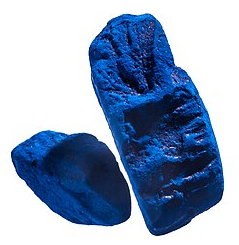
Indigo is a plant-based dye that produces a deep blue-black shade and is often used in combination with henna.
Best for: Men who want a natural black or dark brown shade without harsh chemicals.
Why it works: When applied after henna, indigo reacts with the orange-red pigment to create darker hues. It’s commonly used in two-step applications for better coverage on greys.
How to use:
- First apply and rinse out henna.
- Mix indigo powder with water to create a paste.
- Apply immediately to the beard.
- Let it sit for 1–2 hours before rinsing.
Tip: For a darker result, increase the proportion of indigo in the henna-indigo mix.
3. Coffee

Coffee can darken beard hair subtly and is ideal for light touch-ups or first-time dyers.
Best for: Men with light brown or medium-toned beards who want to enhance depth and shine naturally.
Why it works: Coffee’s natural pigments can temporarily stain hair while also improving texture and appearance.
How to use:
- Brew a strong cup of organic black coffee (avoid instant).
- Mix with conditioner or plain yogurt to form a mask.
- Apply to the beard and let sit for 45 minutes to 1 hour.
- Rinse thoroughly.
Tip: Use multiple applications over a week for stronger results. It fades quickly, so it’s best for short-term maintenance.
4. Black Tea

Rich in tannins, black tea acts as a mild beard dye while also strengthening hair strands.
Best for: Men who want a mild darkening effect without heavy staining; ideal for brunettes or men with light greys.
Why it works: The natural pigments and antioxidants in black tea help deepen beard color gradually with repeated use.
How to use:
- Brew 2–3 tea bags in a cup of hot water; let it cool.
- Apply directly to your beard using a brush or cotton.
- Leave on for 1 hour or more before rinsing.
Tip: Use daily for a week to build up color. Not a one-time solution — more effective with consistency.
5. Amla (Indian Gooseberry)
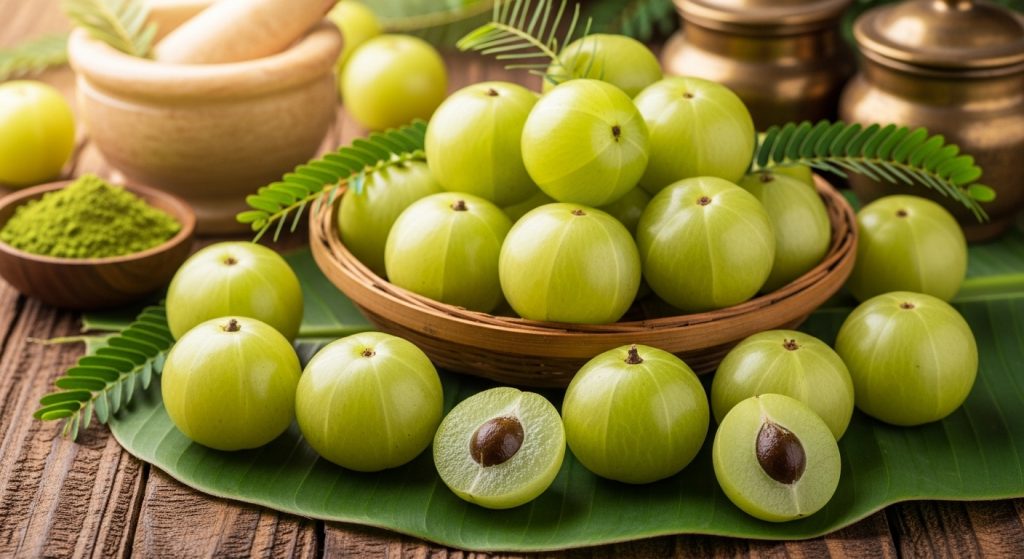
Amla isn’t a dye on its own but works exceptionally well with other plant-based colorants.
Best for: Men using henna or indigo who want deeper, cooler tones and improved beard health.
Why it works: Amla helps tone down the red/orange tint of henna, making the result more natural and neutral. It also promotes hair growth and reduces beard dandruff.
How to use:
- Mix amla powder into your henna paste or use it as a post-rinse treatment.
- Apply to the beard for 30–45 minutes and rinse with lukewarm water.
Tip: Use regularly in your beard care routine to enhance pigment retention and condition the hair.
6. Beetroot Juice

Beetroot offers a natural tint that leans towards burgundy or dark reddish-purple.
Best for: Men seeking a subtle, reddish hue for artistic or unique beard styles.
Why it works: The pigments in beets (betalains) can stain light or grey beard hair naturally with a hint of color.
How to use:
- Blend fresh beetroot and strain the juice.
- Mix with coconut oil or aloe vera gel for ease of application.
- Apply to the beard and leave on for at least 1 hour.
- Rinse and repeat as needed.
Tip: Works best on light hair. It’s a short-term solution, so reapplication may be needed every few days.
7. Sage and Rosemary Rinse
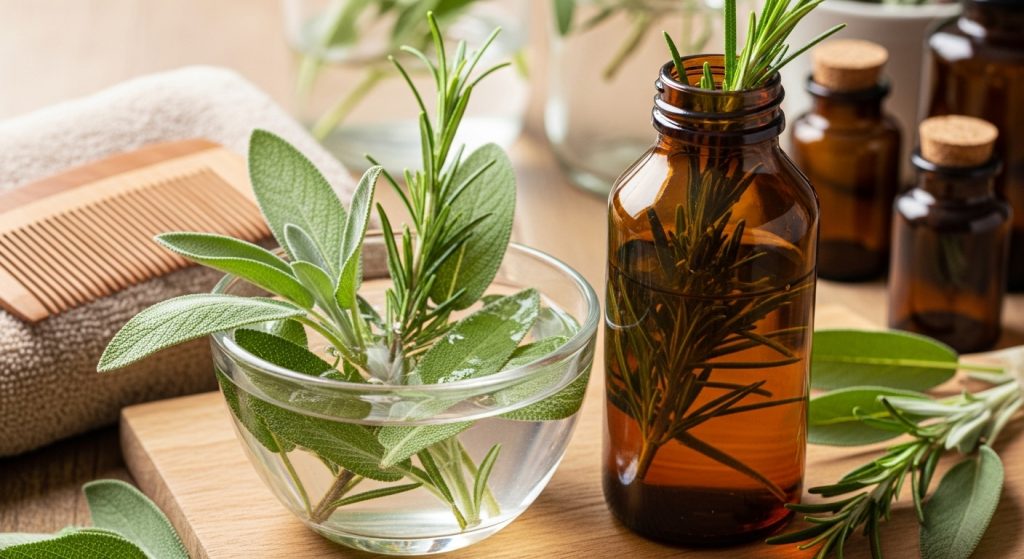
This herbal duo not only conditions hair but also builds up a darkening effect over time.
Best for: Mature men with early-stage greys or salt-and-pepper beards looking for a gradual change.
Why it works: Both herbs are high in tannins and have been used traditionally to darken hair and stimulate growth.
How to use:
- Simmer equal parts sage and rosemary in water for 30 minutes.
- Cool and strain the liquid.
- Pour or spray onto the beard daily without rinsing out.
Tip: Not a quick fix — effects are cumulative. Best results appear after 2–4 weeks of daily use.
Conclusion: Choose the Right Natural Beard Dye for Your Goals
Dyeing your beard naturally is not only about avoiding chemicals — it’s about aligning your grooming choices with your values, health needs, and personal style. Whether you want a deep black, a rich brown, or just to soften the greys, there’s a plant-based method that fits your goals.
Key takeaways:
- Henna and indigo offer the most reliable and lasting results.
- Coffee and tea work best for light, short-term coverage.
- Herbal blends like sage, amla, and rosemary provide health benefits and gradual pigment shifts.
- Consistency and proper preparation are essential for success with natural dyes.
Before using any natural dye, always do a patch test to rule out allergies. And if you’re trying it for the first time, consider consulting a natural grooming specialist or barber familiar with organic coloring.
Your beard is part of your identity — take care of it naturally, and let it reflect your best self.

